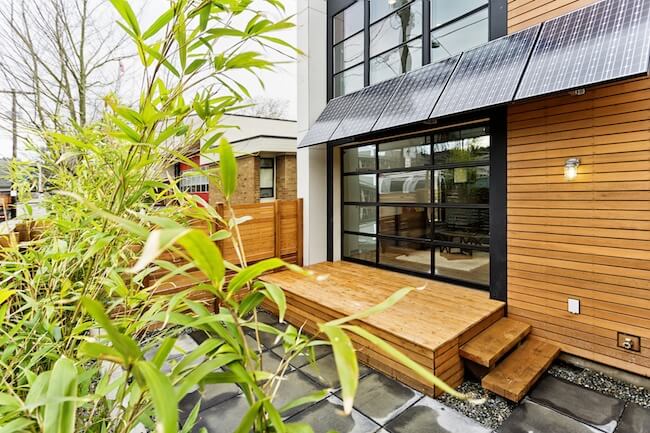
As we forge ahead in the 21st century, the importance of reducing our carbon footprint has never been clearer. Climate change and global warming are no longer abstract concepts, but tangible realities affecting our lives and future generations. The transition to a sustainable, carbon-neutral lifestyle is not only an ecological necessity but also a significant financial and ethical opportunity.
This guide will help you navigate towards a carbon-neutral home by providing practical, everyday solutions. In the pursuit of a greener lifestyle, one can also seek guidance from environmental consulting firms. However, many changes can be made independently, which are affordable, sustainable, and rewarding.
1. Renewable Energy
The first and most crucial step in creating a carbon-neutral home is to shift towards renewable energy. Solar panels are an excellent investment that can often provide more electricity than your home requires. In many countries, excess power can be sold back to the grid, providing financial benefits while reducing your carbon footprint. Wind turbines, although less practical in urban settings, can be an effective alternative in windy, rural locations.
2. Energy Efficiency
Being energy-efficient is a key aspect of a carbon-neutral home. Double or triple-glazed windows, high-quality insulation, energy-efficient appliances, LED light bulbs, and smart meters can all significantly reduce energy consumption.
When purchasing new appliances, look for Energy Star ratings to ensure you’re buying a product designed to minimize energy usage.
3. Water Conservation
Lowering your water usage can significantly contribute to a carbon-neutral home. Consider rainwater harvesting systems, which can be used for gardening or washing cars. Water-saving fixtures such as low-flow faucets, showerheads, and dual-flush toilets can also reduce water usage significantly.
4. Sustainable Building Materials
If you are constructing or renovating, consider the carbon footprint of the building materials. Opt for reclaimed or recycled materials and sustainably sourced timber. These materials not only reduce carbon emissions but also add a unique aesthetic touch to your home.
5. Plant Trees
Planting trees is a fantastic way to offset your home’s carbon emissions. Trees act as natural carbon sinks, absorbing CO2 from the atmosphere. Not only will your home become more sustainable, but it will also benefit from improved air quality and increased biodiversity.
6. Composting and Gardening
Composting reduces the amount of waste going to the landfill, where it would typically release harmful greenhouse gases as it decays. Moreover, composting creates nutrient-rich soil for your garden.
Growing your own food reduces carbon emissions associated with transportation and packaging. Even a small vegetable garden can make a big difference.
7. Lifestyle Choices
Lastly, our lifestyle choices significantly impact our carbon footprint. Consider a plant-based diet, which is more sustainable than a meat-heavy one. Try to reduce, reuse, and recycle whenever possible and support companies that prioritize sustainable practices.
Taking public transportation, cycling, or walking instead of driving, and reducing air travel can also help lower your carbon footprint.
These steps, ranging from energy efficiency and water conservation to sustainable lifestyle choices, are key to creating a carbon-neutral home. The transformation might not happen overnight, but each step is a stride towards a sustainable future. As the saying goes, “We do not inherit the Earth from our ancestors; we borrow it from our children.” It’s time we honor that debt.
Jordan Avery
Related posts
Stay connected
- How LoveOn Chat Is Becoming the Most Versatile AI Companion for Digital UsersThe internet keeps shifting toward hyper-personal interaction, and AI companions are at the center of this shift. What used to be simple chatbots are now evolving into emotionally aware, adaptive, and multi-functional digital partners. Among the new generation of platforms, LoveOn Chat is becoming one... The post How LoveOn Chat Is Becoming the Most Versatile […]
